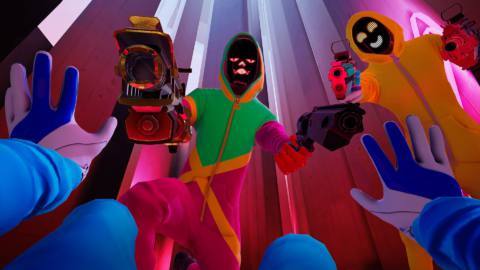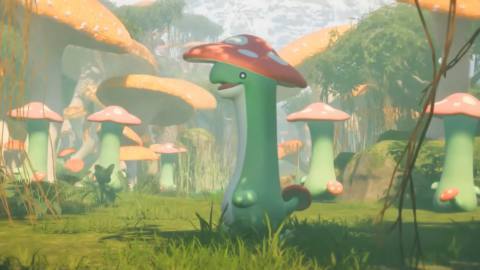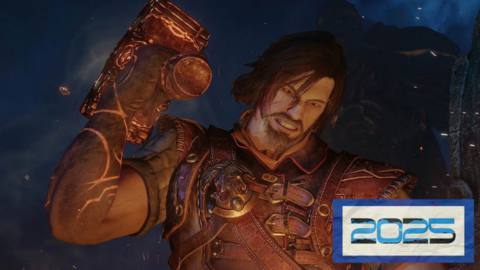
The Portal games are genuine classics – brilliant, inventive first-person puzzle games that combine an inventive gameplay mechanic, mind-bending designs and witty storytelling to create a truly special experience. However, the fact is that these games have essentially been absent from the console space since their original releases in 2007 and 2011 respectively. Aside from enhanced backwards compatibility support on Xbox, we’ve seen nothing new from either game since the PlayStation 3/Xbox 360 era. The good news is that this changed spectacularly last week with the release of Portal: The Companion Collection.
This new double-pack from Valve and Nvidia Lightspeed Studios combines Portal 1 and Portal 2 along with bonus gameplay content at an attractive £13.49/$19.99. Both games run on the landmark Source engine, most famous for powering 2004’s Half-Life 2, so obviously, we’re not looking at state-of-the-art technology here. However, brilliance in game and art design make both titles a great match for Nintendo’s hybrid console and it’s been fantastic to revisit these games, which turn out to be a perfect fit for the platform.
Before we go into platform differences, it’s worth discussing the basic graphical makeup of both titles and the huge artistic and technical improvements made between the two games. Portal is essentially a series of basic puzzle rooms. The puzzles are interesting enough but the environments are simple, with rudimentary flat-textured walls, angular geometry and a heavy reliance on baked lighting and shadows. The game has an austere look with repetitive, straightforward artwork. Given the constraints of the project – developed by a team of about 10 people – these limitations make sense.






